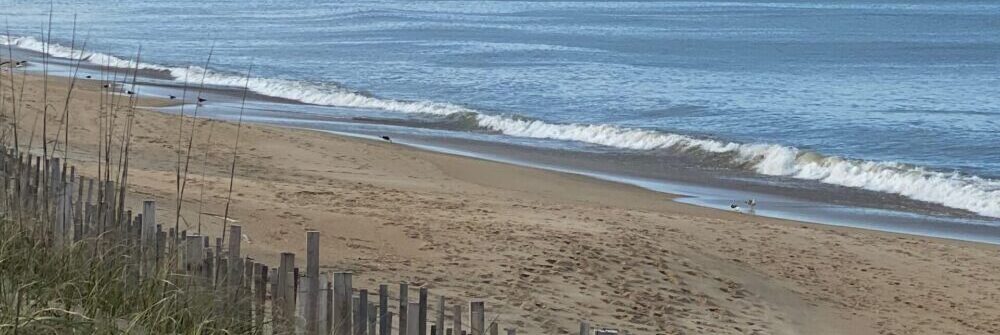His development of receiving equipment, in 1899, for the quest of wireless transmission of sound, had led him into the Weather Bureau’s Service as Special Agent in Charge.
Willis L. Moore, director of the Weather Bureau hired RAF at an annual salary of $3,000.00. Money for the purchase and construction of two fifty foot towers, one mile apart, and associated equipment set up on Cobb Island, Maryland, in 1900, paved the way for the first wireless telephony, on December 23, 1900.
R.A. Fessenden’s pioneering developments, of the correct principles of communication by radio, persuaded the Chief of the Weather Bureau to fund the relocation of his laboratory, equipment and towers to be constructed at three locations: Cape Henry, Virginia, Roanoke Island & Buxton, North Carolina in 1901. By March, 1902, he was regularly transmitting wireless messages between Roanoke Island and Buxton, a distance of more than 50 miles; the longest two‐ way wireless communication to date. By August, 1902, disputes over patent rights and ownership resulted in RAF leaving the U.S. Weather Bureau.
Experiments conducted on Roanoke Island led to the first practical application of a successful, commercially‐adaptable technique of radio communications in North America, and perhaps the entire world. The experiments he performed and the methods he developed were far in advance of the work of any of his contemporaries and were essential to the evolution of modern electronics.
One form of receiver he developed, the electrolytic detector, made radio‐ telephony both possible and practical. His direct‐current arc and high‐frequency alternator transmitters provided the key to undistorted, intelligible speech transmission. His work in interference prevention and selective tuning led to his discovery and use of the heterodyne principle, which is today the heart of every modern communications receiver, whether for standard broadcast, FM, TV radar, telemetry or other uses.
Page |2
